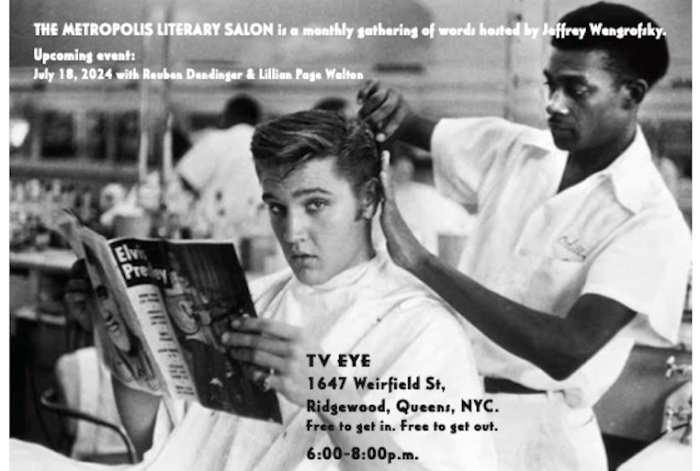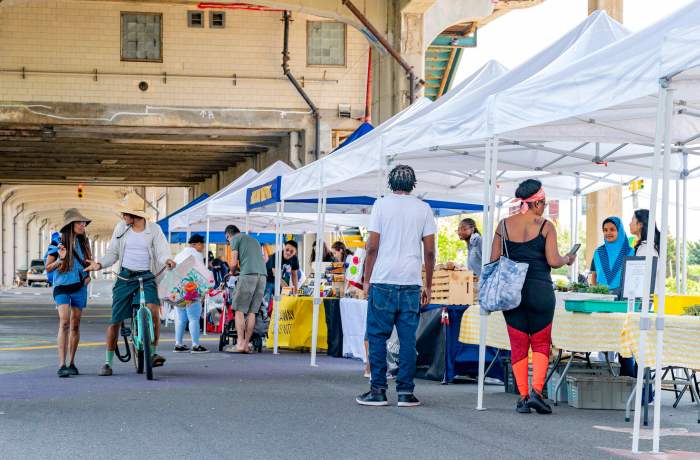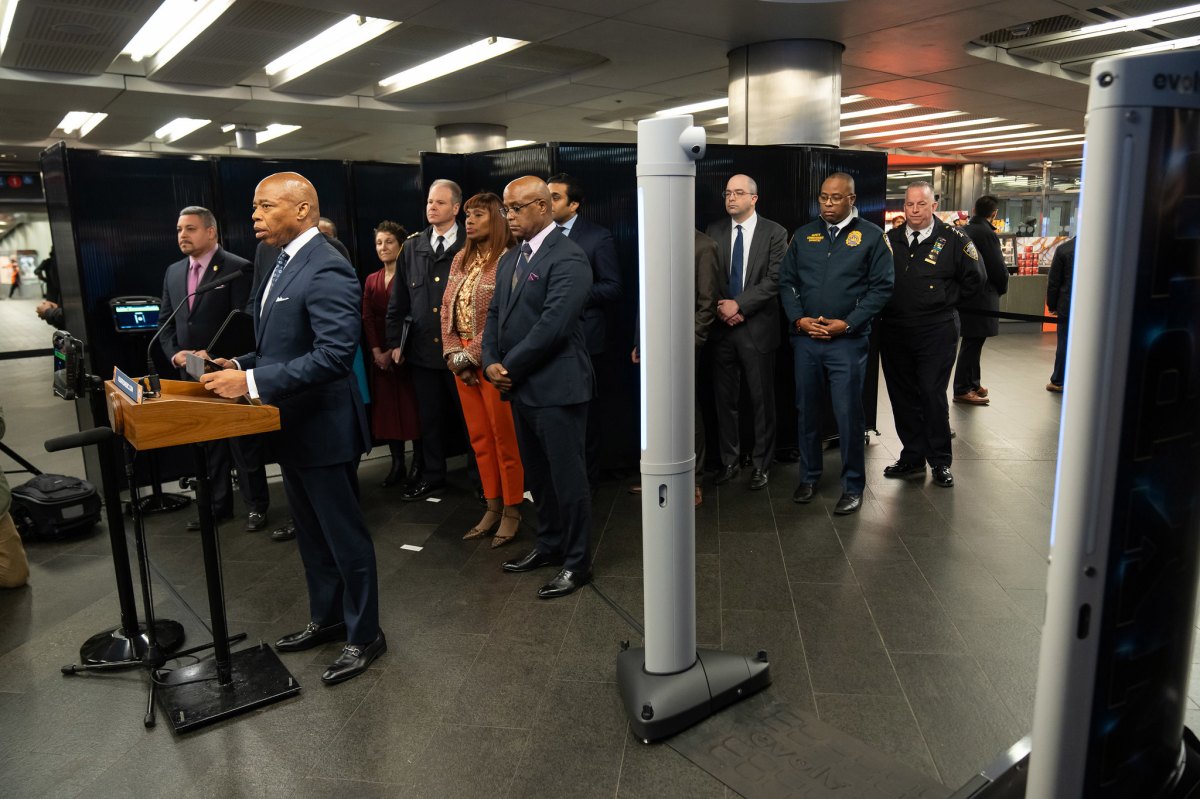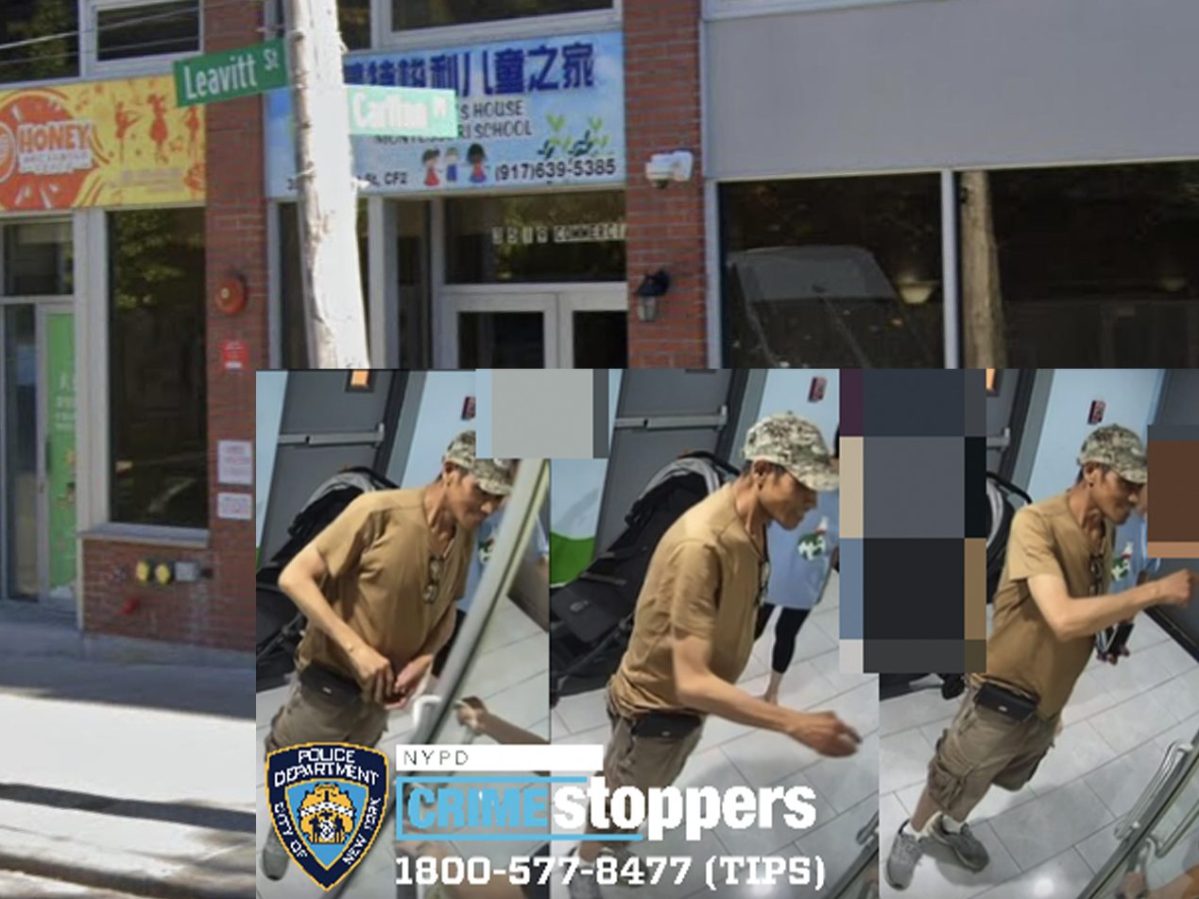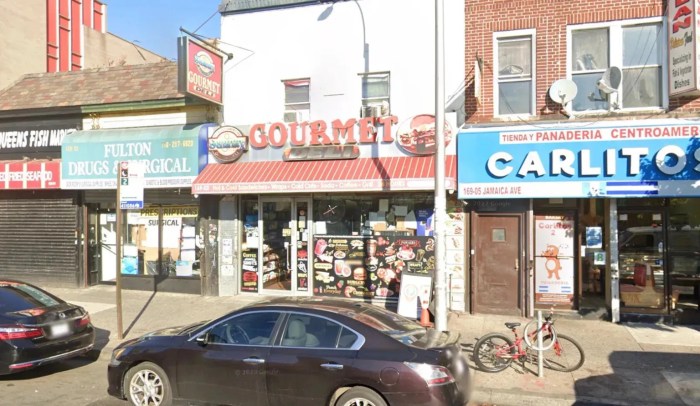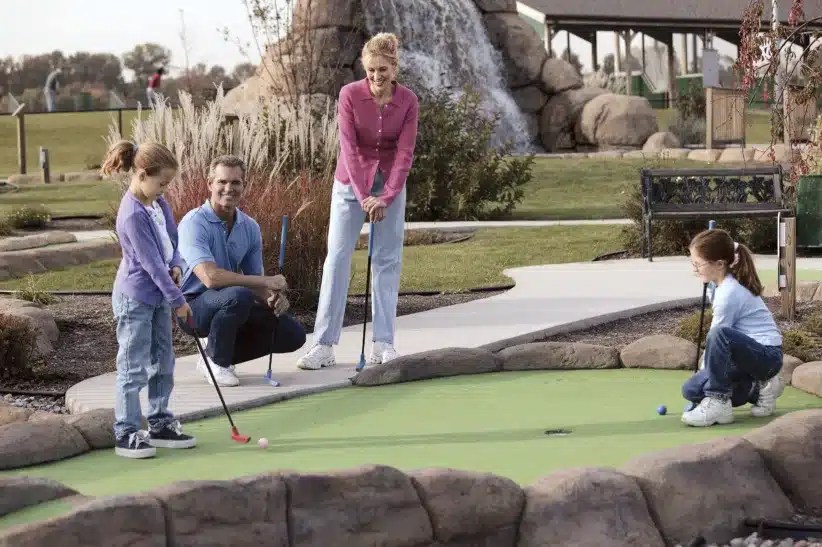Read Related Article: Thunderstorm safety tips
Brooks and Kathleen Borden were having a barbecue in their Richmond Hill home on Saturday, June 14 when rain started pouring down and the wind ripped through the streets. While their guests were huddled in the basement, eight-and-a-half month pregnant Kathleen went to the front of the house to close the windows and saw the power of the storm.
“The tree that came down hit [another] tree and it uprooted it more,” she said. “It sounded like a tree crashing through someone’s house. It’s exactly what it sounds like.”
But the huge oak that was uprooted from her neighbor’s lawn didn’t fall on a house, it crashed into another tree on the Borden’s property. This caused a chain reaction of falling branches that damaged their stairs and their truck; crushed the back of a car parked in the street; and totaled a friend’s motorcycle.
Richmond Hill and the surrounding neighborhoods were some of the hardest hit in the Saturday, June 14 storm. The area has many homes that are hundreds of years old, and some of the trees are just as old. On many blocks, branches fell down onto the sidewalk and streets and heavy rainfall caused flooding.
Flooding was particularly bad in Fresh Meadows on Utopia Parkway, between Union Turnpike and the Long Island Expressway, Councilmember James Gennaro spokesperson Shams Tarek said. There was waist-high water in some areas, and many residents’ basements were flooded. Tarek also said the councilmember saw a car floating in the street.
“I’m angry at the fact that my constituents are being ignored by this administration and this mayor,” Gennaro said. “We don’t want to react to a flood, we don’t want to be flooded,” he said in response to the mayor visiting the neighborhood and handing out “what to do after a flood” pamphlets. “Unless these pamphlets absorb a lot of water, they don’t do anything for us.”
Saturday’s storms “were slow moving storms, which caused a lot of torrential rainfall,” said meteorologist Brian Ciemnecki with the National Weather Service office in Upton, New York. “The winds didn’t move much,” but in some areas they could have been up to 30 to 40 miles per hour, he said. Ciemnecki added that the winds weren’t powerful enough to uproot a tree, but, “When you have a lot of rain, it could soften up the ground, which could make it easier for trees to come down.”
Most of the time, small branches fell on to the sidewalks and streets, but in a few cases, the downed limbs caused damage. Crews from the Fire Department and the Parks Department quickly responded to many of the calls, like the one from the Bordens.
“Oh my god, what a disaster,” said Claudia Furlan, who lives across the street from the Bordens. “The wind came, swirled one way, it was very loud, then swirled another way. The Fire Department came within a half-hour and cleaned the street, then left because so many trees fell down.”
The day after the storm, the Bordens called a tree service to remove the felled branches from their property. Because it was not on city property, the Bordens are responsible for removal. “I had to, didn’t have a choice,” Brooks said. “You couldn’t get past this.” He estimates the damage to be in the “thousands and thousands” [of dollars].
Rabbi Charles Schnek, the Bordens’ neighbor whose tree was also uprooted, says there is still work and stress ahead of him, but it could have been worse. “I still have the piece that has to be moved, the hole [in the ground] has to be filled, it’s a headache,” he said of the huge downed tree that is now lying flat across his and the Bordens’ lawn. “I am very sad and sorry that people were afflicted with emotional stress, but . . . everyone should be happy that no one got hurt.”


